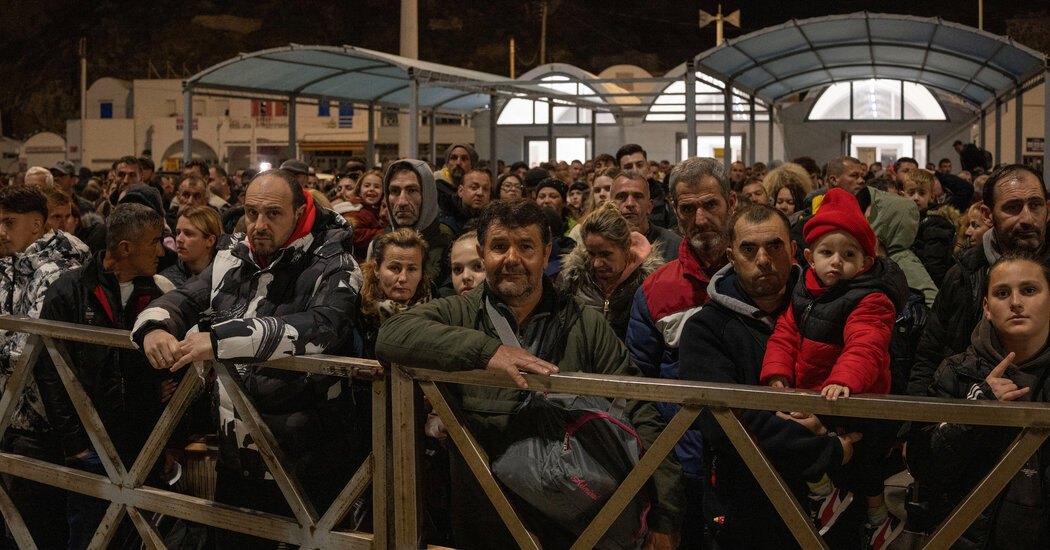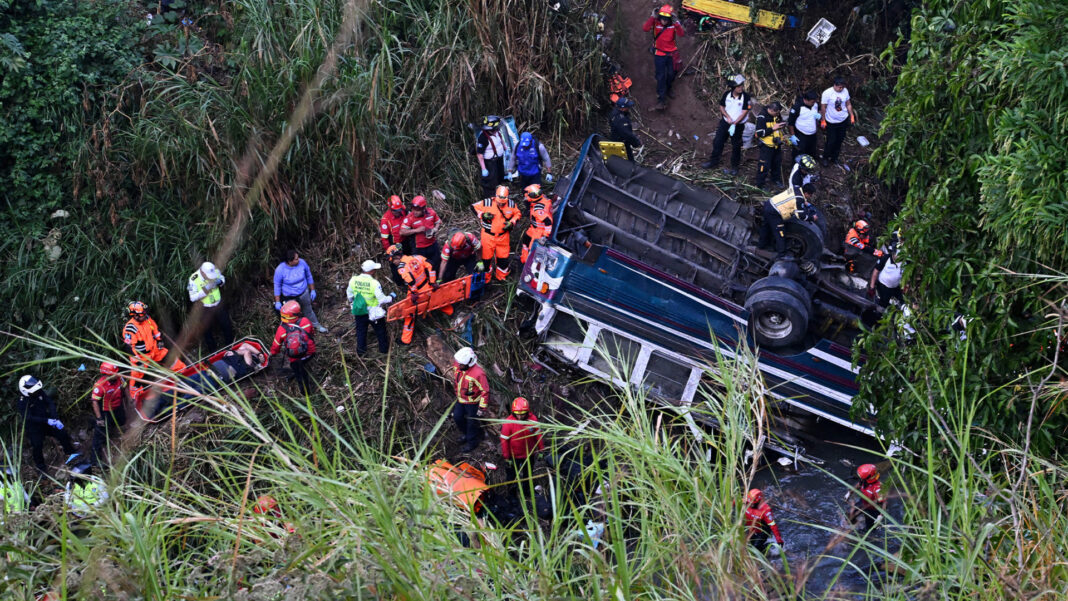February is a slow time on the Greek island of Santorini, which draws more than three million visitors annually.
But after another week of near-constant earthquakes, the island has taken on an unusual quiet. At least 13,000 of the island’s 15,500 residents, unnerved by the frequent shaking, have left in the past week. The streets are mostly deserted, except for the occasional tourists, most of them from Asia.
Thousands of tremors, sometimes every few minutes, have jolted Santorini, about 150 miles southeast of Athens, and nearby islands since Jan. 25. The shaking peaked with a magnitude-5.2 earthquake on Wednesday northeast of Santorini. A magnitude-5 quake was felt in Athens on Sunday night. Most of the tremors have been relatively small, but there have been 160 tremors over a magnitude of 4 in the first nine days of February, compared with 90 of that strength for all of last year, Vassilis Karastathis, director of the Institute of Geodynamics at the National Observatory of Athens, said on Monday.
The outlook for Santorini, one of Greece’s most popular islands, remains unclear. Experts said making a reliable prediction about what would come next with the shaking was impossible.
“There are signs of stabilization, but we need to see a further drop in the frequency of the tremors to be sure,” Mr. Karastathis said, adding that the quakes could continue for weeks. “A lot of the seismic energy has been released, but we still can’t rule out a large earthquake.”
The shaking has prompted the authorities to shut schools and bar large indoor gatherings. Emergency workers have been deployed to the island, and landing craft are on standby for possible evacuations. Some areas of Santorini have been cordoned off because of landslide fears, and sandbags have been set up next to seaside homes. Psychologists from the Red Cross have counseled worried residents, and priests have held prayers for the quakes to stop.
After a state of emergency was declared last Thursday to ensure that aid could be released quickly, Prime Minister Kyriakos Mitsotakis of Greece said all possible action was being taken. “We’re preparing for the worst while hoping for the best,” he said during a visit to the island on Friday, urging residents to remain calm.
Many opted not to risk it.
Giorgos Kalamatas, 37, who owns a business that organizes fireworks for weddings on Santorini, returned to his family home in Athens last Monday with his wife and their three young children. “The constant shaking was nerve-racking, and we were worried about the kids,” Mr. Kalamatas, 37, said, adding that hoped to return next weekend. “We’re going to have to live with it.”
Others said they had no choice but to stay. Rena Bledaki, a 52-year-old makeup artist whose clients are mostly American, British or Australian brides marrying on the island, last week sent her two teenage children to live at a relative’s home in Athens. She stayed behind to look after her aunt and uncle, both seniors.
For several days, she and her husband spent the night huddled in blankets as they slept in their car. “We were in one car, and my aunt and uncle in another,” Mrs. Bledaki said, adding that during bigger tremors, “the car was bouncing.”
Scientists have said that the fault line that is triggering the current quakes is different from the one that set off disastrous earthquakes of up to 7.7 magnitude in 1956, killing 53 people and causing widespread damage.
The key question is whether the current tremors constitute a “seismic swarm,” a sequence of tremors without a distinct main earthquake, or whether they are a precursor to a larger temblor of a magnitude around 6, Mr. Karastathis said.
A scientific committee said last week that the seismic activity was not linked to two volcanoes in the area and ruled out an eruption. On Monday, scientists retrieved underwater seismic monitors and installed new ones, hoping to gather more clues.
For Mrs. Bledaki, the endless questions are the biggest headache. “Will we have a 6-level quake? Will our homes withstand it? Will the Columbo erupt?” she asked, referring to a nearby submerged volcano. “It’s like a science fiction movie.”
Many of those who have stayed on Santorini work in hotels, even though most are closed. Annual renovations are in limbo, after construction and repair work was banned during the quakes. “One employee was scared and left, and others aren’t sure about returning in April,” said Antonis Iliopoulos who owns three hotels on the island. He said he has yet to receive cancellations for spring bookings and saw the quakes as “more an annoyance than a danger.”
The country’s environment ministry halted construction in Santorini’s caldera last November for a year, citing concerns about overdevelopment, and asked hotel operators to conduct risk assessments. The quakes have revived questions about the stability of many structures there.
Hotels in the cliff-side areas of Fira and Oia, popular with tourists for their spectacular views, could be most at risk from landslides, said Dimitrios Papanikolaou, a geology professor at the University of Athens, who said that foundations made of hardened lava and pumice stone would be “flimsy.”
“In those areas, a stronger earthquake could cause sections of buildings like balconies and swimming pools to collapse,” he said.
Officials discussed the same risks during a quake swarm in 2011, Mr. Papanikolaou added. “They talked about making buildings safer, but nothing happened,” he said. “Now they’re talking about it again, but when the quakes stop, we’ll probably forget about it, until it happens again in 10, 20, 30 years.”


